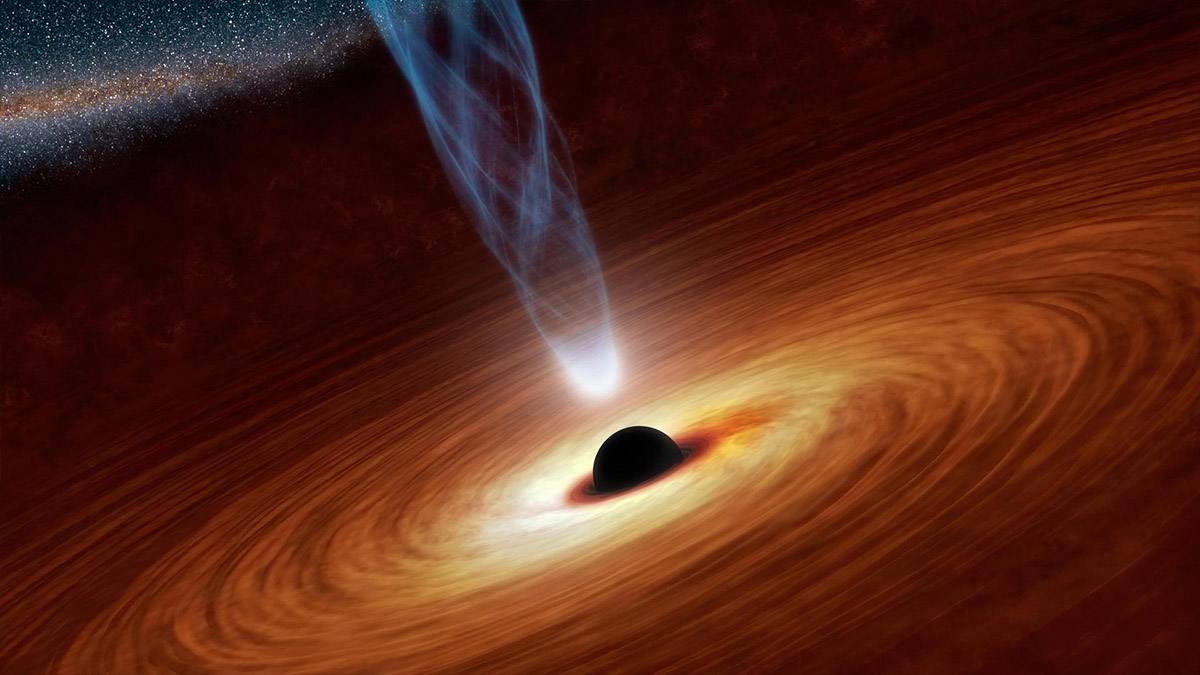Be Ready: Closet blackhole to earth has been discovered

ESO scientists claim that the region is closer to the planet’s Solar system than the other found so far and forms a part of a triple system called HR 6819 which will be seen with the naked eye.
Astronomers from the European Southern Observatory (ESO) have discovered a replacement region lying just 1,000 light-years far away from Earth. This region is the closest to the earth and has two companion stars visible to the eye. Unlike most other black holes, this one doesn’t interact violently with the environment – which is perhaps why it hadn’t made its presence felt so far. This black hole’s mass is over fourfold that of the Sun, and scientists suggest that this system could just be the tip of the iceberg, as more similar black holes might be found within the future.
ESO scientists declare that the region is closer to our system than the other found so far and forms a part of a triple star system called HR 6819 which will be seen with the eye. They used the MPG/ESO 2.2-metre telescope at ESO’s La Silla Observatory in Chile to trace the 2 companion stars within the system for months and eventually found evidence for the invisible object. The astronomers observed that one among the 2 visible stars orbits an unseen object every 40 days, while the second star is at an outsized distance from this inner pair. This unseen silent object had a mass that was fourfold than the Sun, and therefore the researchers concluded that it had to be a region.
The region is found within the constellation of Telescopium, and therefore the HR 6819 system is so on the brink of Earth that it is often viewed without binoculars or telescope from the hemisphere on a dark, clear night. The researchers suggest that this particular region isn’t violent towards its environment, unlike many others, and thus has been ready to go undetected for therefore long. So far, astronomers are ready to spot only a few dozen black holes in our galaxy, the Milky Way. Most of those discovered black holes strongly interact with their environment and make their presence known by releasing powerful X-rays during this interaction. This invisible and silent region found within the nearby HR 6819 system suggests that there could also be more within the Milky Way that has managed to travel undetected.
“There must be many many black holes out there, but we all know about only a few. Knowing what to seem for should put us during a better position to seek out them,” ESO scientist Thomas Rivinius says in their report. due to this discovery, the astronomers are already tailing a second system, called LB-1, as they think it could even be such a triple system just like the HR 6819. LB-1 may be a bit further faraway from Earth, but ‘still, pretty draw in astronomical terms’.

